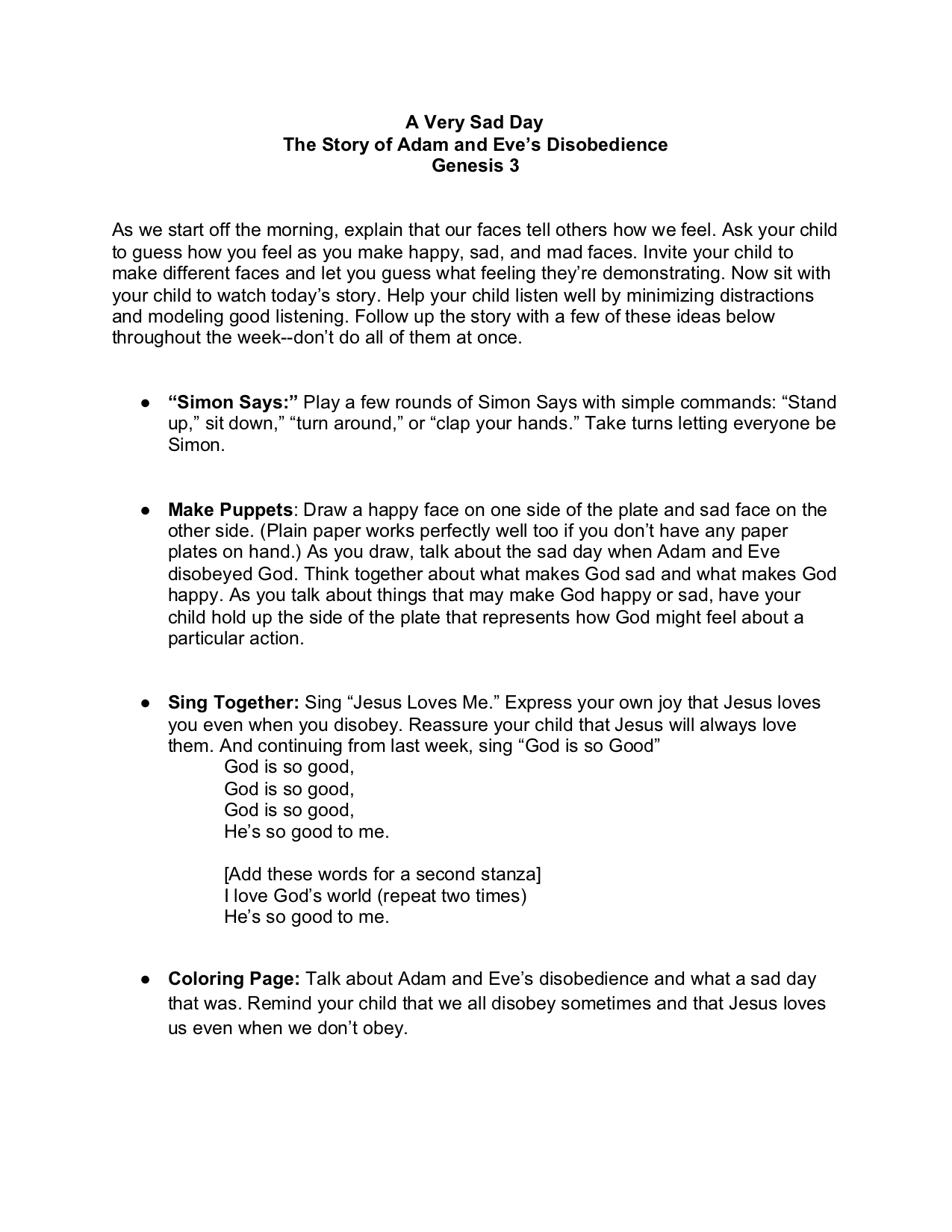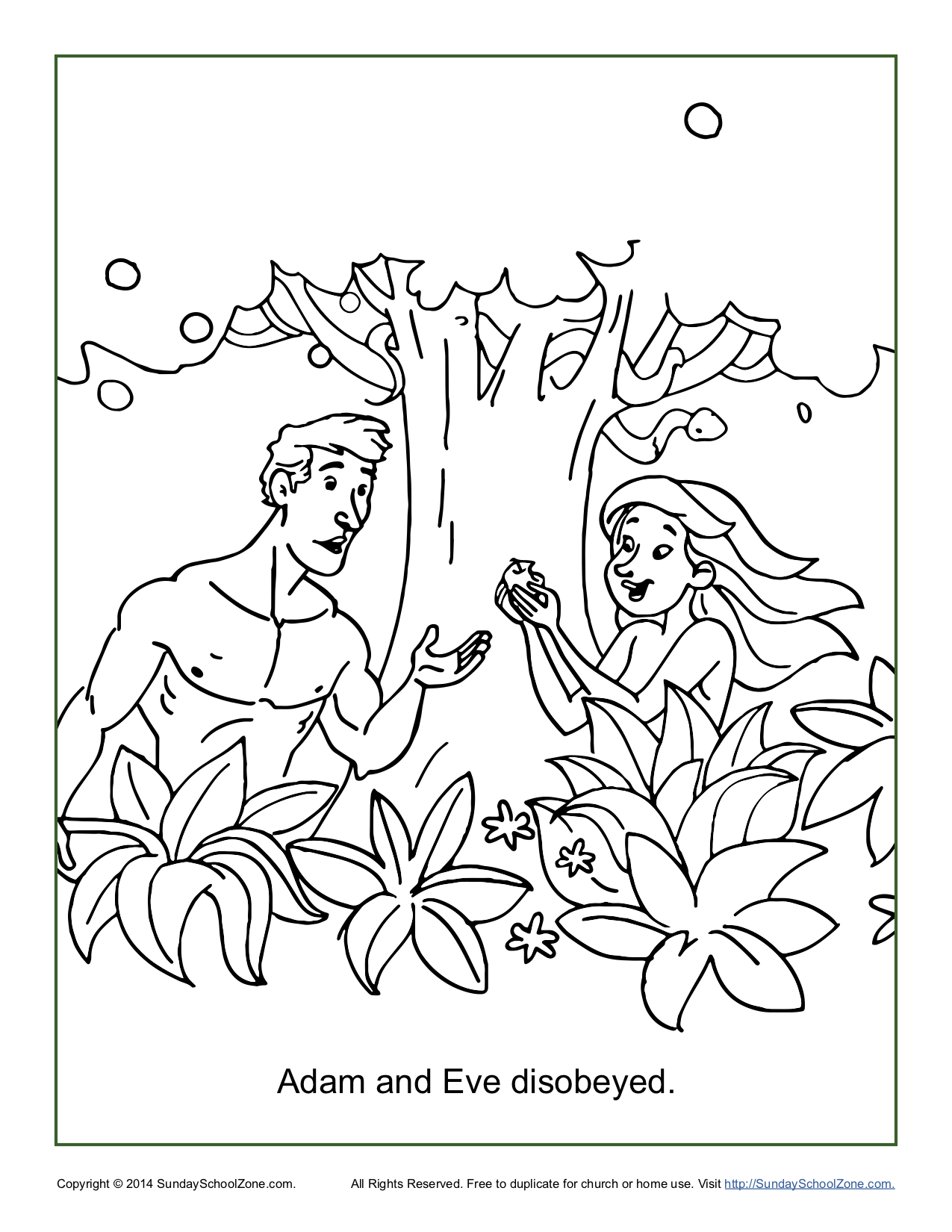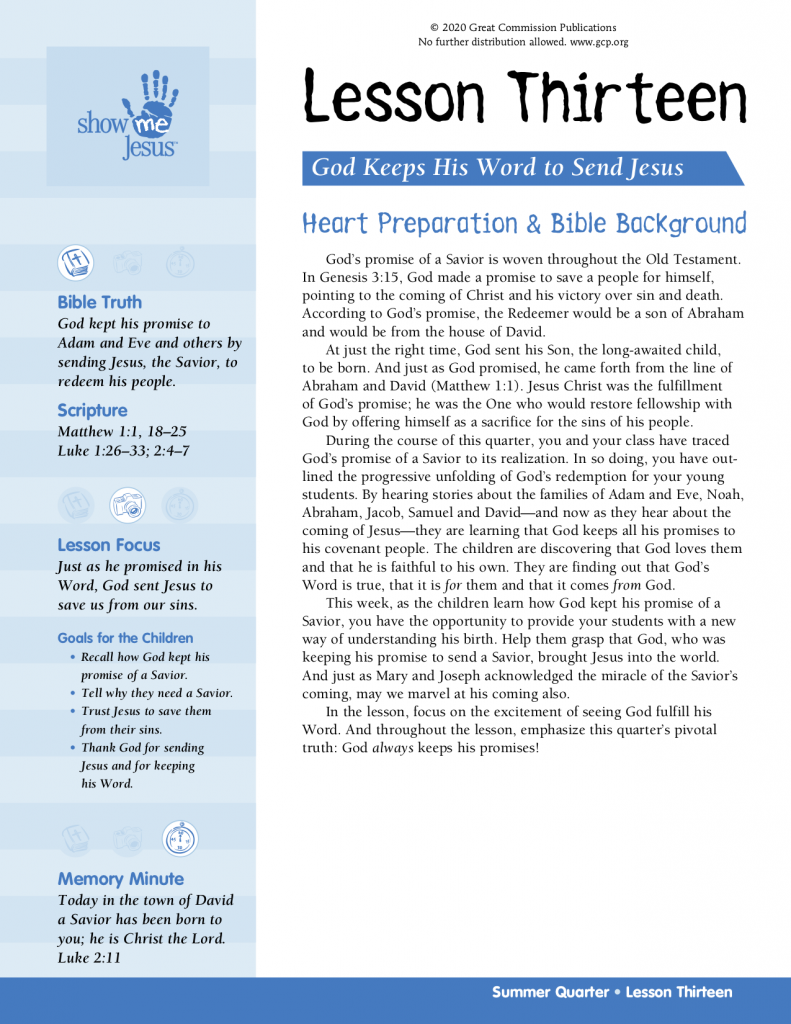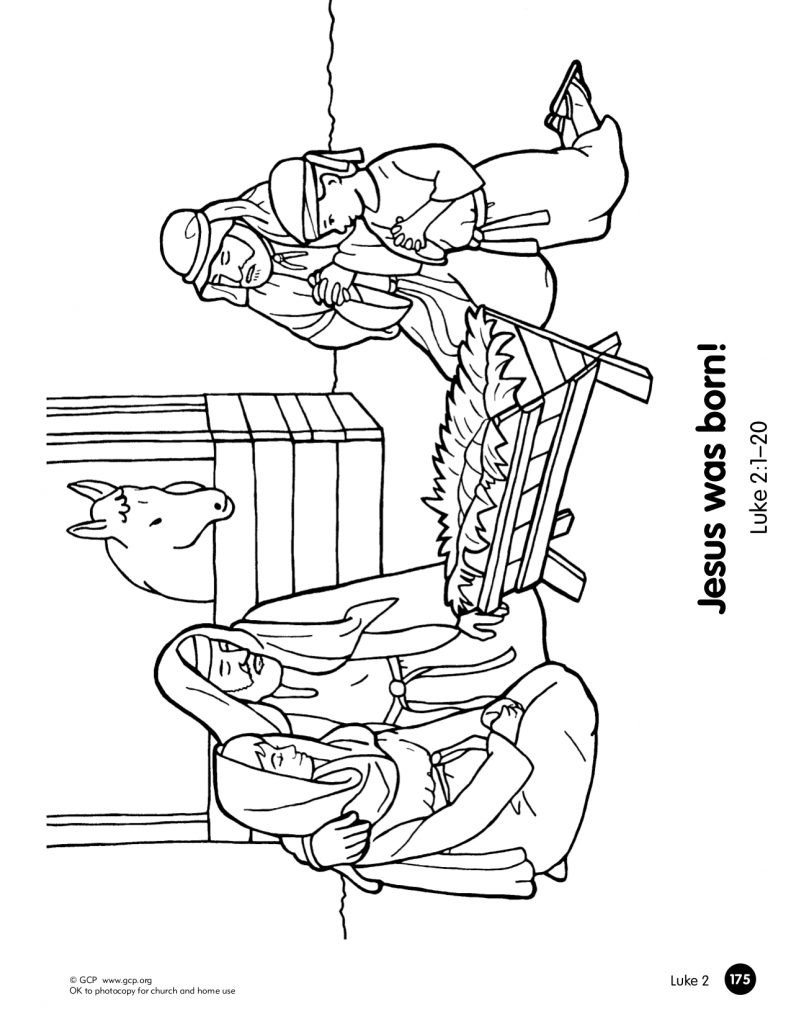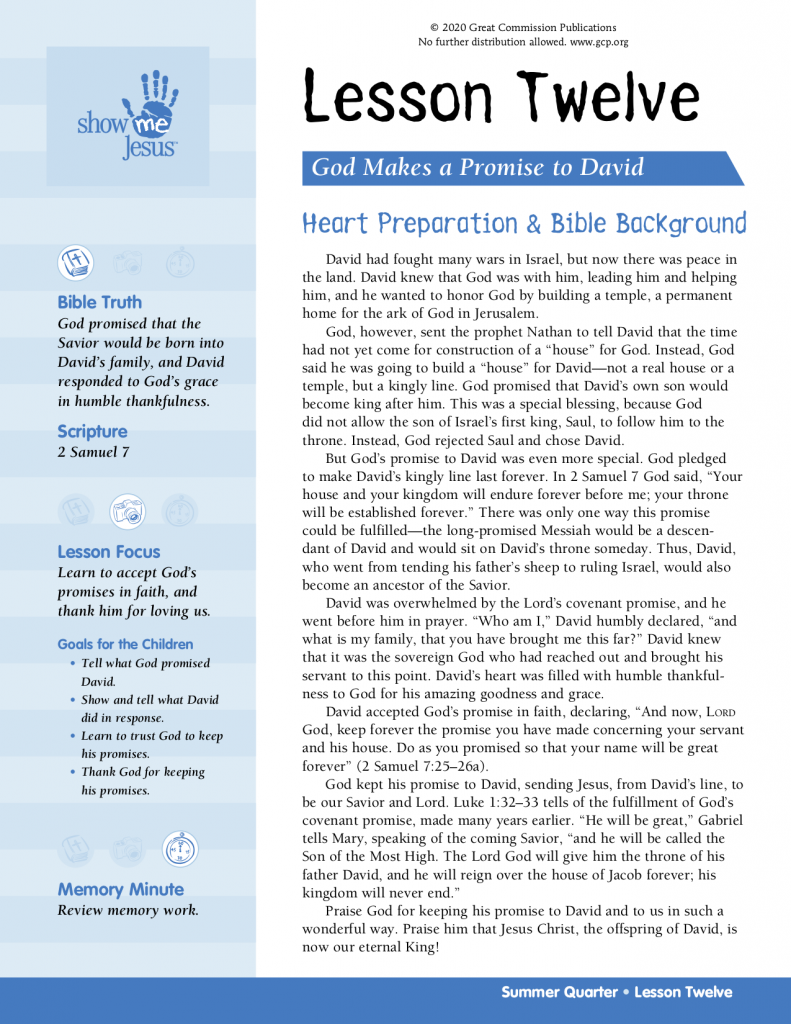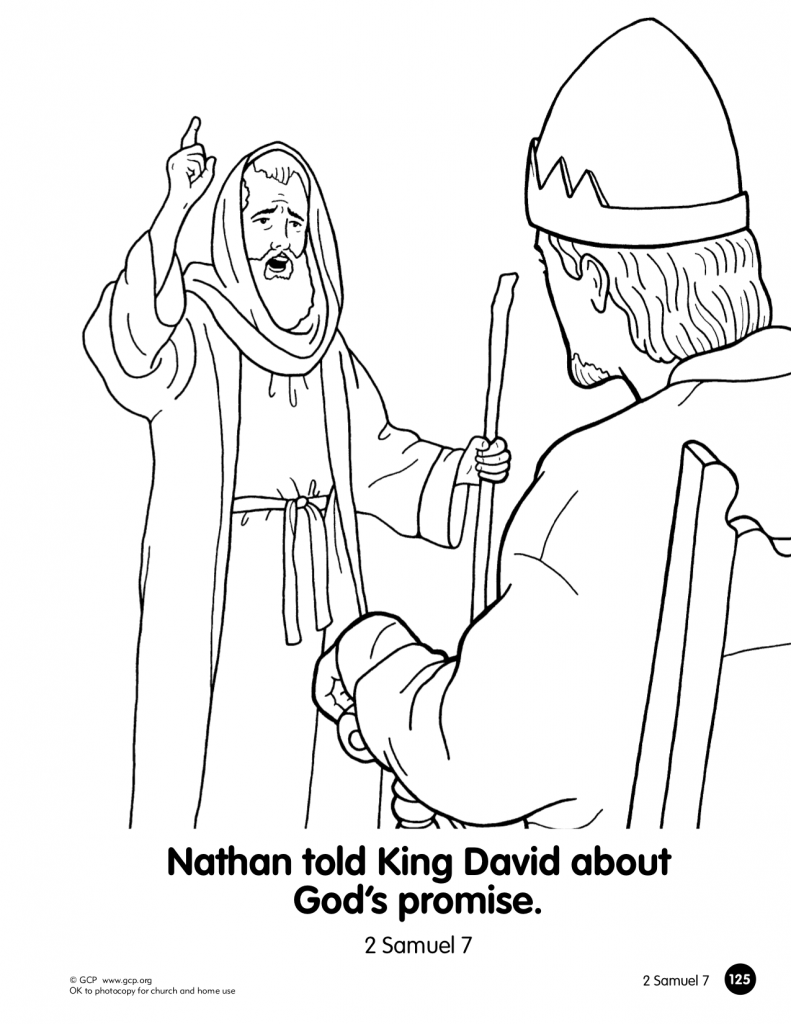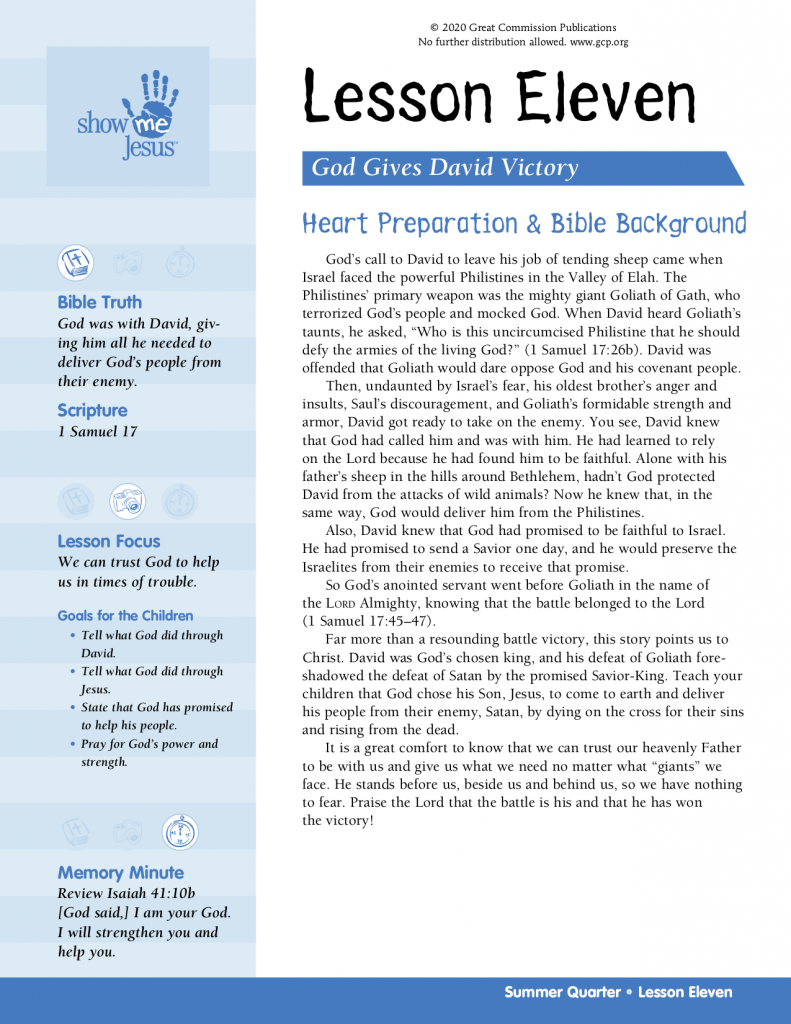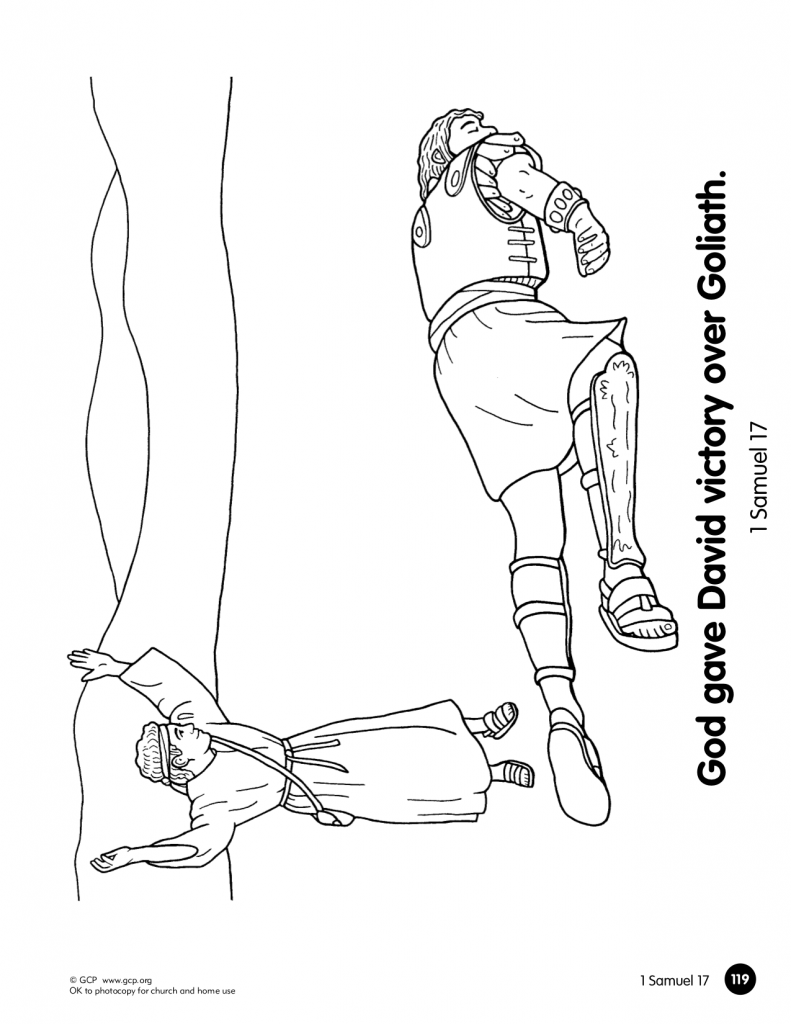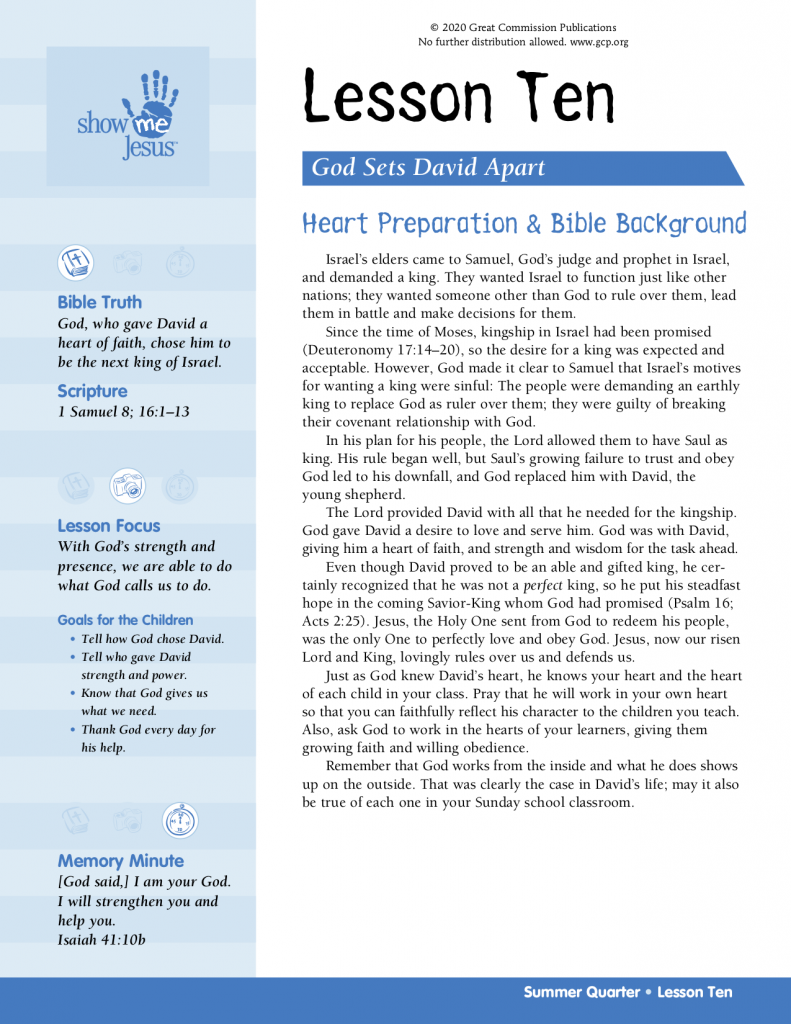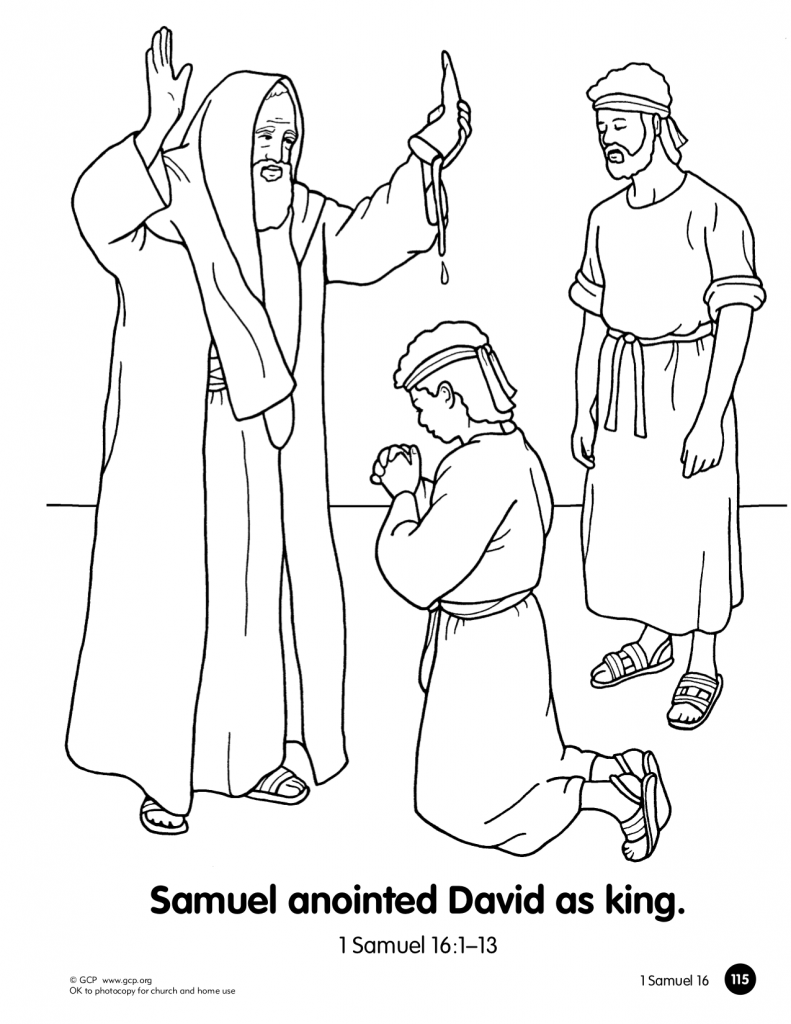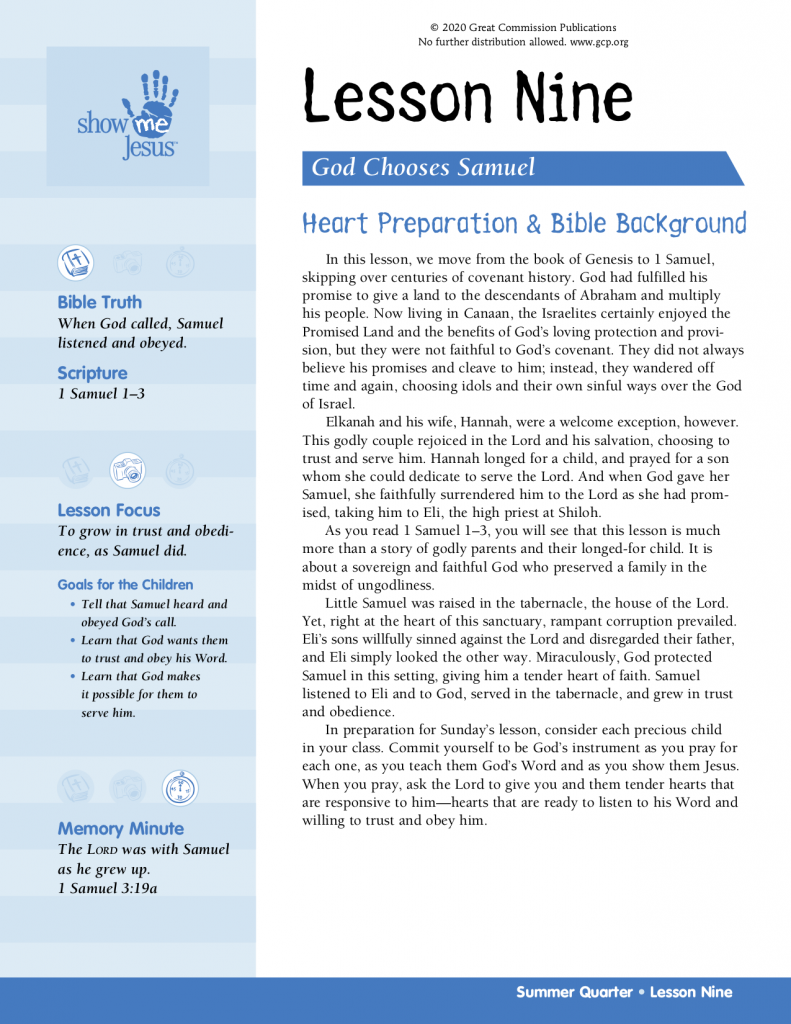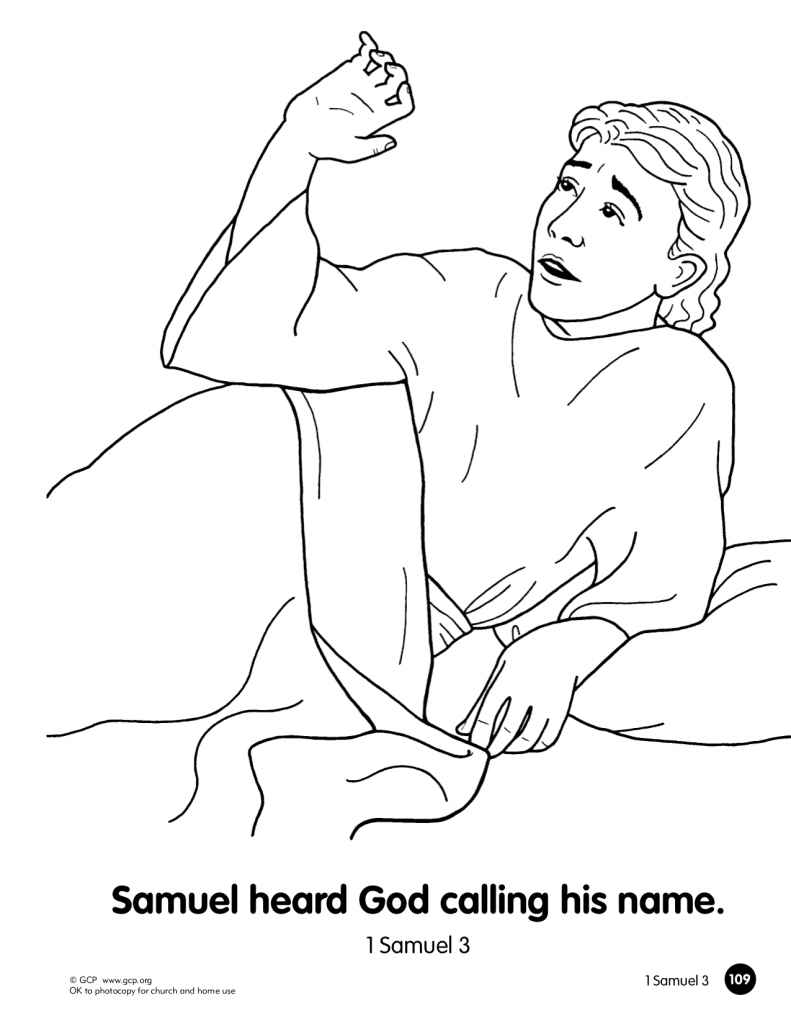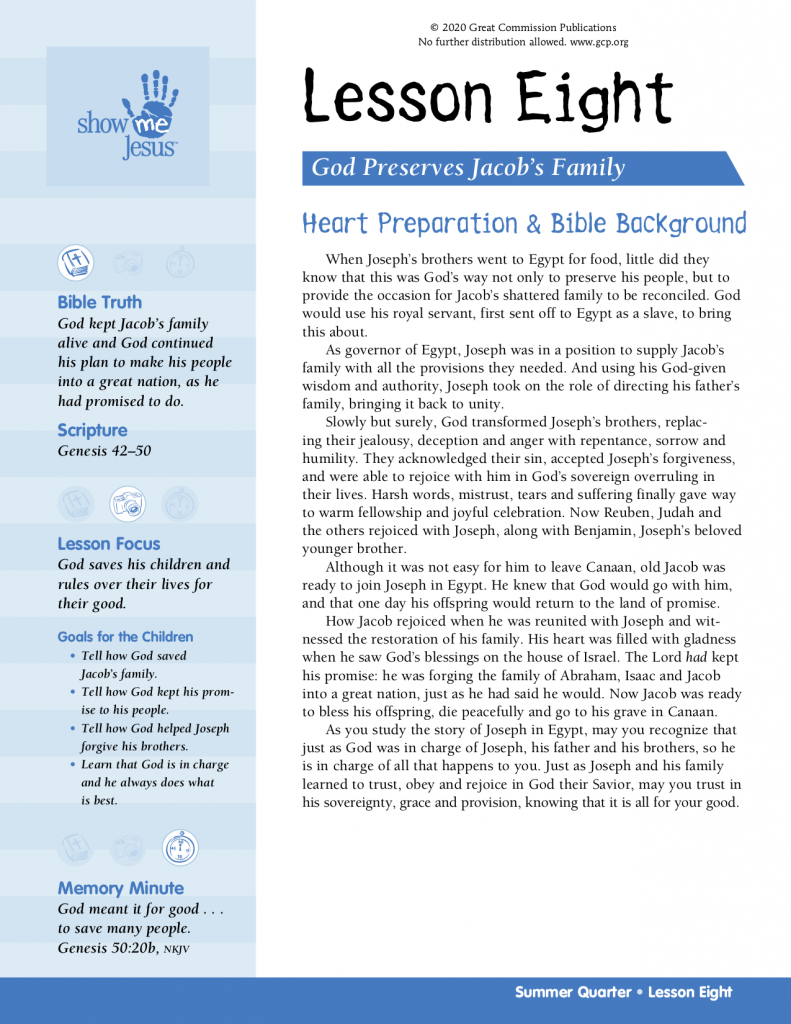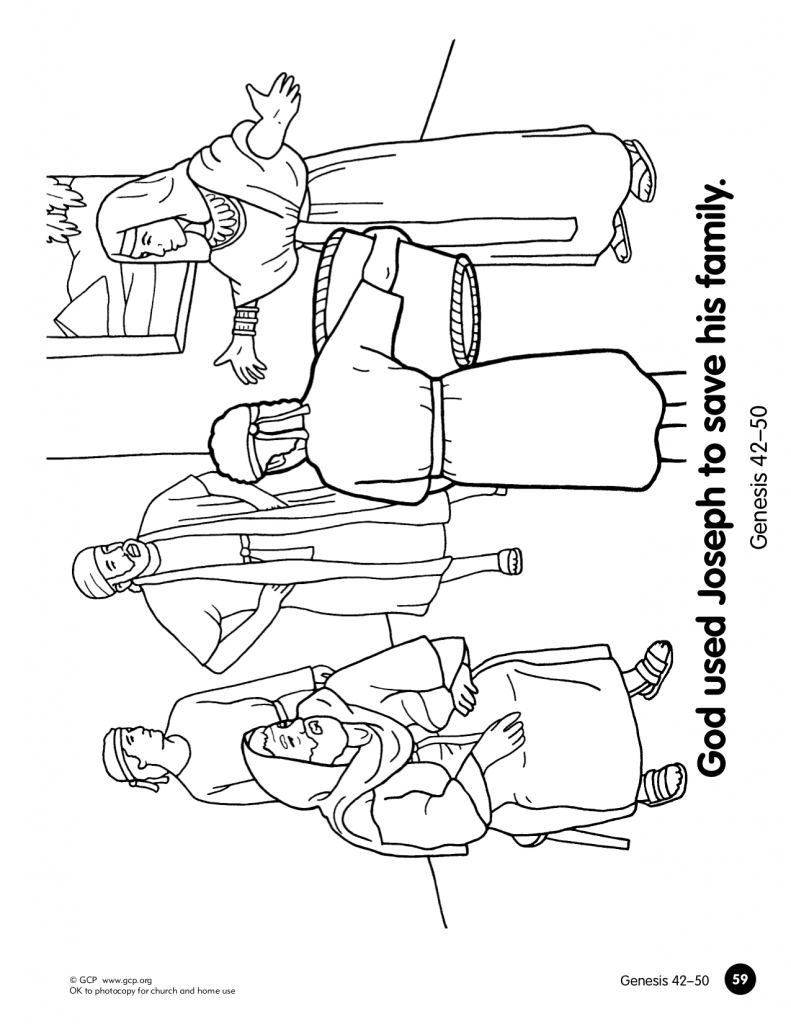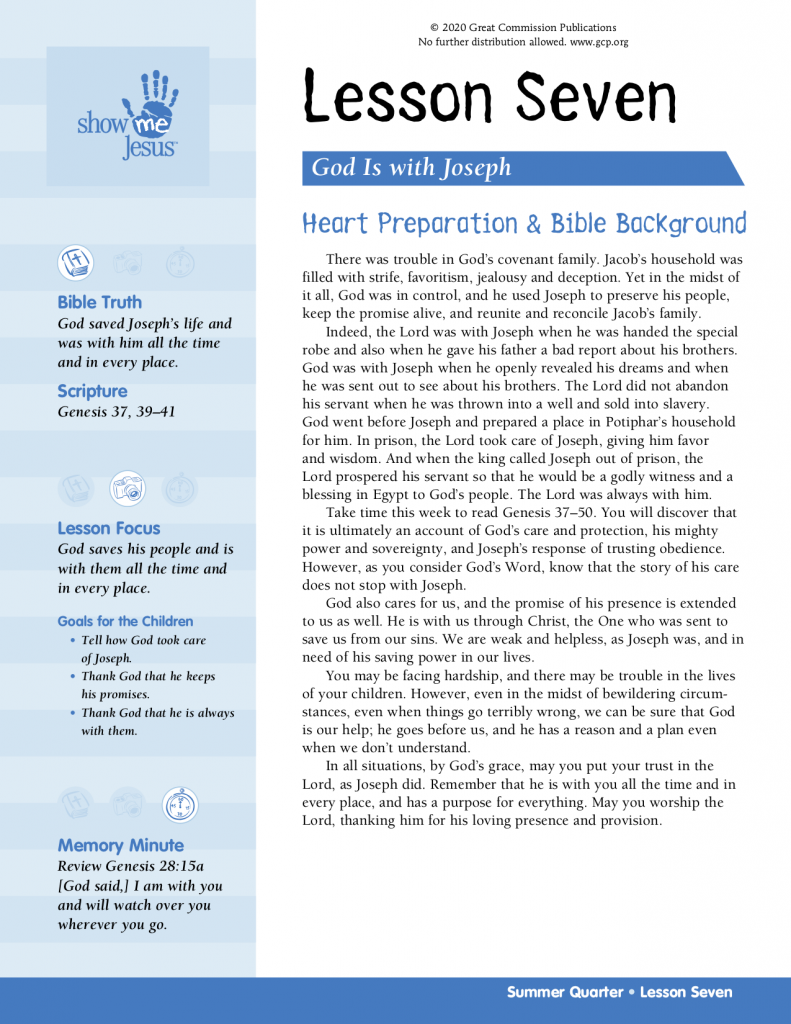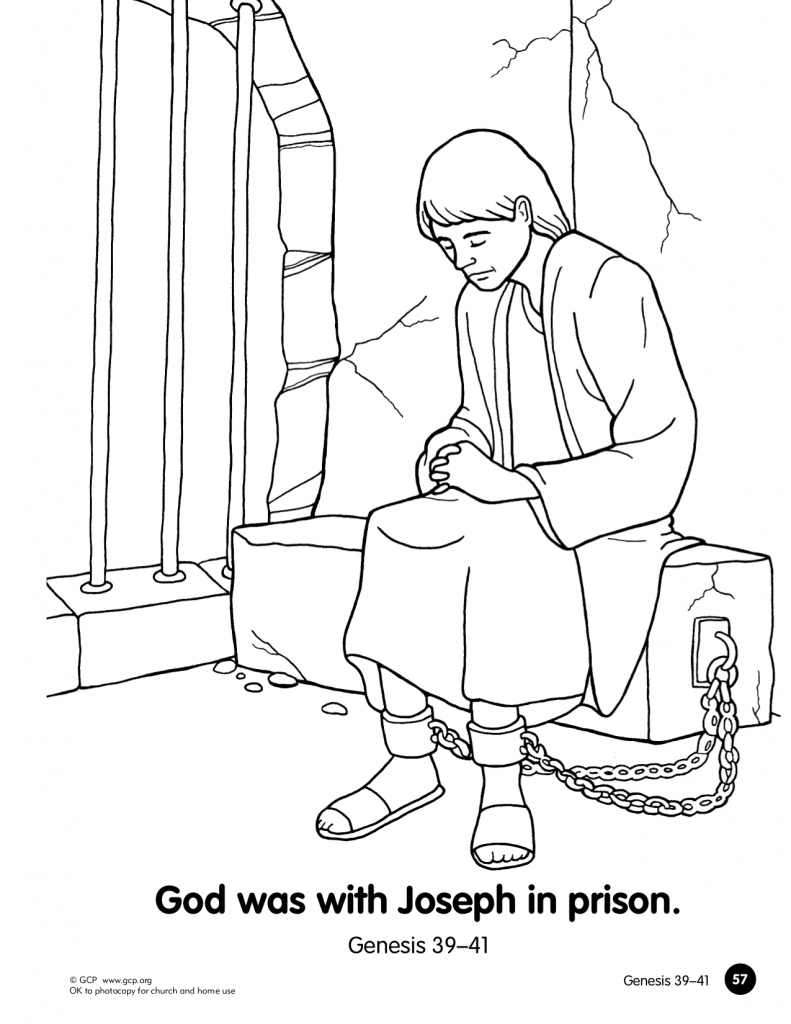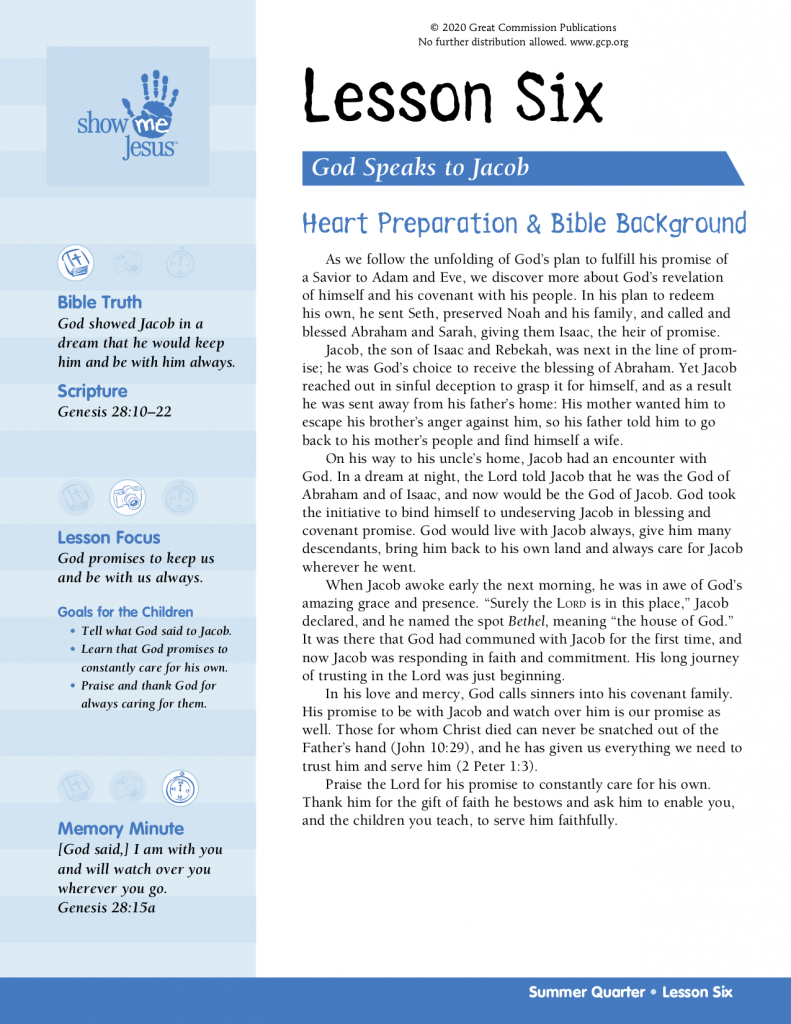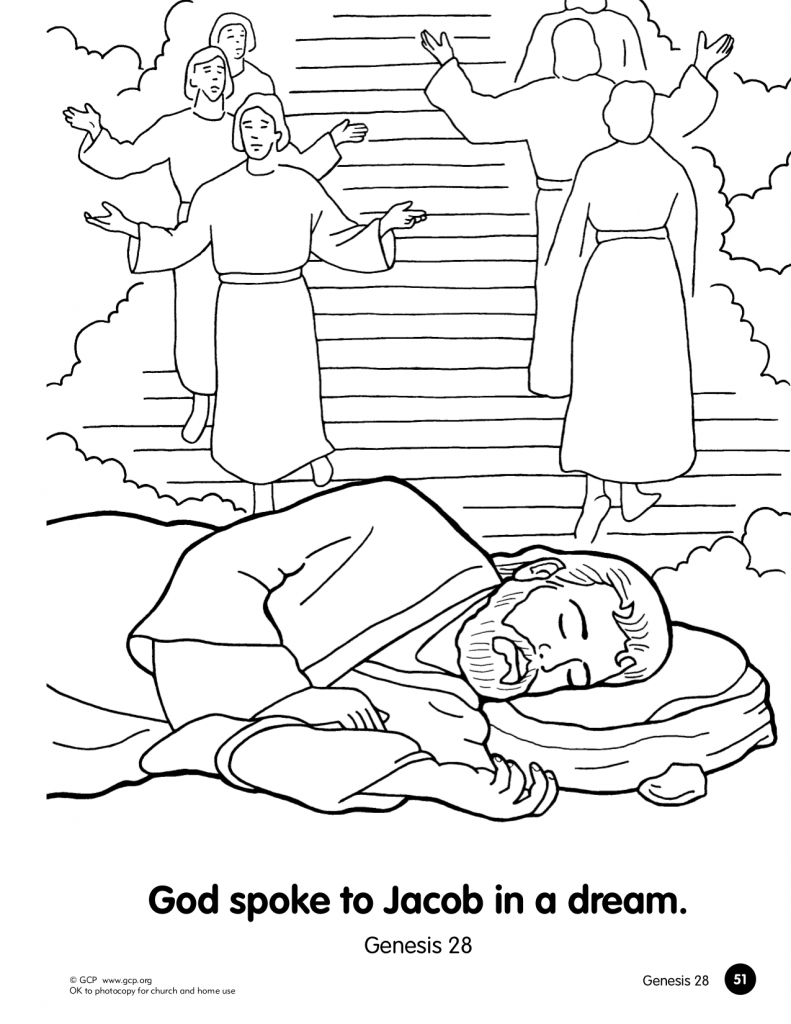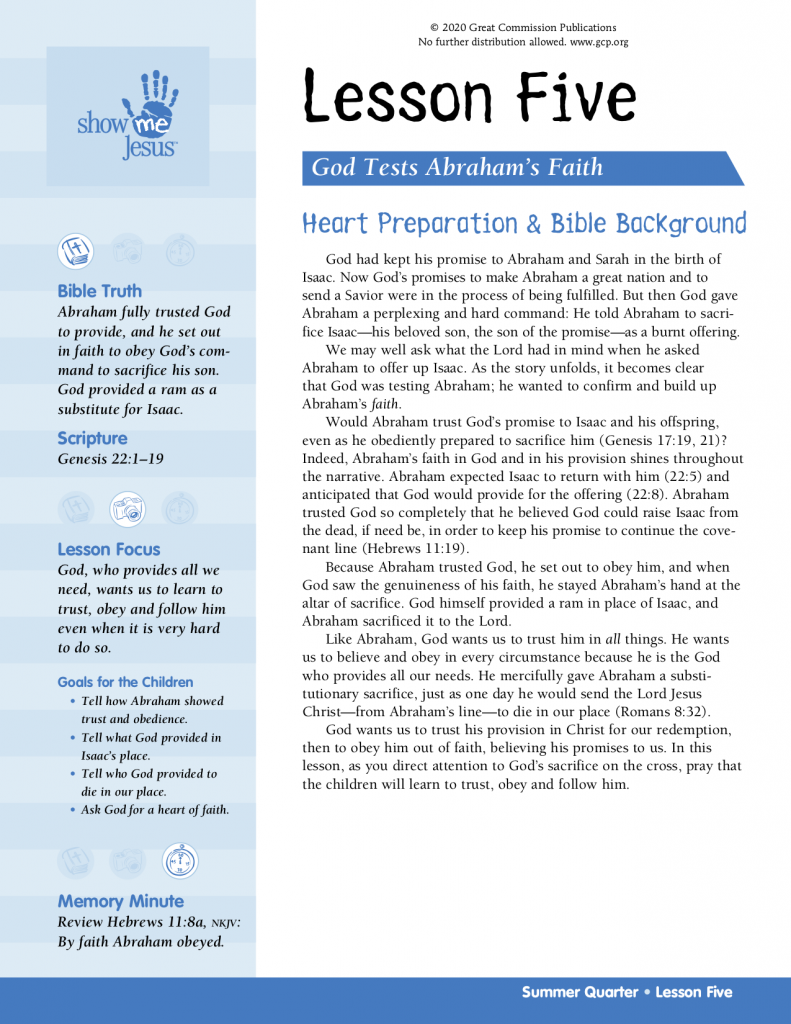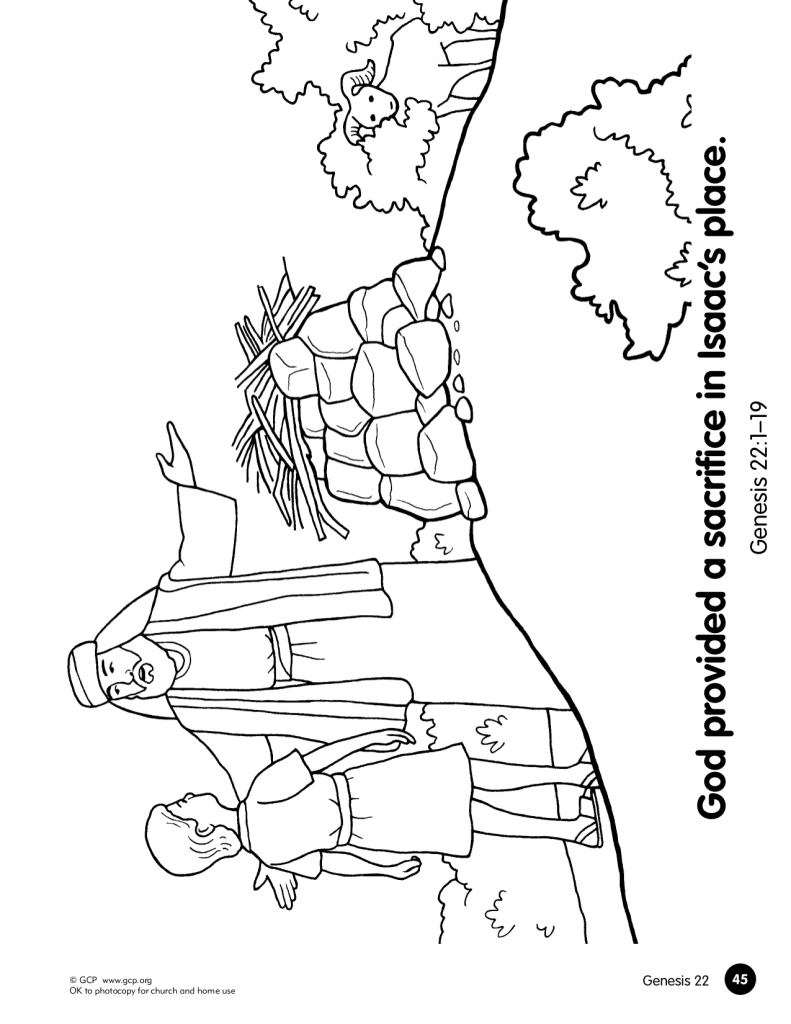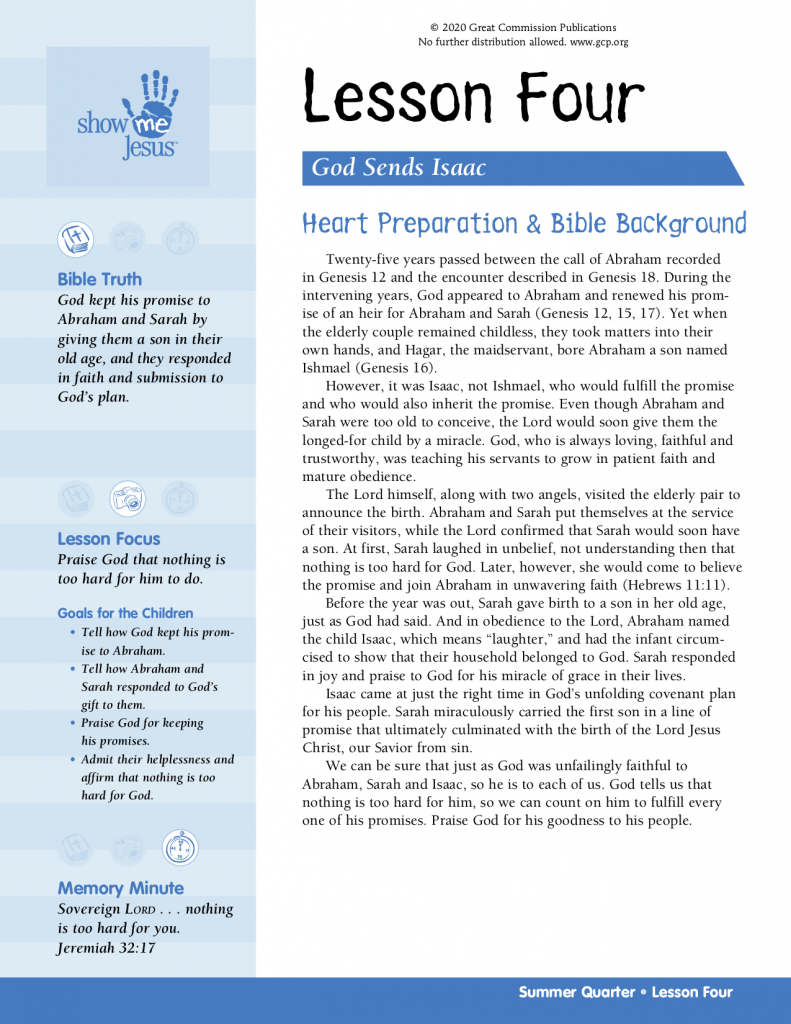Finding Life: Session 3
Laura2020-12-17T14:11:17-05:00December 10th, 2020|
Session 3: The Religious and Irreligious Approaches to Life
1. Opening up
- Review: Last week we saw that Mark 1-4 started to answer the question, “Who is Jesus?” The answer was clear: He is the King who has authority over all things. We then ended with two questions:
- What are the things in my life that sometimes seem more important to me than God?
- Are there certain areas in my life where I don’t really want to listen to Jesus?
- Answer those questions together. What answers have come to mind since we last met? Parents, give your own answers to these questions.
- Pray: it’s helpful to remind ourselves and our kids that we need God’s help as we study and talk about the Word. Ask the Spirit to lead you.
Transition: In these chapters we begin to see two approaches to getting what we want in life. There are two approaches to life that people often use to answer life’s biggest questions. Many people think that one of these approaches will lead to the life they want. They are the religious and irreligious approaches.
2. QUESTION: What are the religious and irreligious approaches to life?
In Mark 5-8, we start to see these two approaches displayed. Let’s take them one at a time.
- The Religious Approach
- ASK: When you think of a “religious” person what do you think of?
- ANSWER: There are different religions, but the religious people in Mark are usually called Pharisees, the scribes, or the teachers of the law. We might call them the “rule keepers.” They tried to keep all of God’s commands, and they created their own list of rules to help them keep the commands. They were highly respected in their towns and cities. They seemed like the good guys because they obeyed the rules, gave to charity, and went to church (Temple or synagogue). But they did not get along with Jesus. They certainly didn’t like him and he actually had some harsh words for them at times.
- READ Mark 7:1-23.
- *The religious people (Pharisees) felt really good about their ability to keep the rules. They seemed to feel pretty good about themselves. “We are good people” they thought. How do we know that? They are VERY judgmental of everyone around them. And we see that here.
- *ASK: What is wrong with their religious approach to life? (brainstorm)
- It is judgmental. That means they have an “us versus them” mindset. They look down at other people. We see that in verse 5.
- It is a system of created rules. Because human beings are not good at keeping God’s law, the religious approach to life actually creates new rules that are easier to keep. And when people keep those easier rules, they start to feel like they are good people. See verses 7-13. In the end, they’re actually breaking God’s commandments by creating new rules.
- It deals with the outside, not the heart. The religious approach is often about looking good, so that people know you are keeping the rules.
- ASK: What does Jesus say is wrong with that approach? (Look at verses 20-23)
- ANSWER: Our problems come from our hearts. Religious approaches to life fail because every one of us has a deep, deep problem. We’re all actually really bad at keeping the rules.
- EXAMPLE: this approach to life is like when you were a small child and you thought you could do something but you couldn’t. Can you think of an example or story of that from childhood? It’s like when little kids think they can swim and want their floaties or life jacket taken off. If you listened to them, the result would be disastrous because they can’t swim. The religious approach thinks you can keep the rules. And it thinks that keeping the rules makes God approve of you or gets you the good things you want in life.
- The Irreligious Approach
- There’s another approach to life in Mark 5-8, and it’s the irreligious or non-religious approach. If the religious approach is about rule keeping, this one is about breaking the rules.
- *We see this approach with Herod, in Mark 6:14-29.
- *ASK: how would you summarize the story of Herod and John the Baptist?
- *ASK: how does Herod represent the irreligious approach to life?
- •ANSWER: he doesn’t care about the rules. He does what he thinks is right and he’s only looking out for himself. In this horrible story that is filled with evil, Herod doesn’t really want to kill John the Baptist. But Herod ends up killing him because he doesn’t want to look bad in front of his guests. In the end, he does whatever he wants for his own interests.
- *The irreligious approach to life is this: I’m in charge of myself and no one can tell me what to do.
- *ASK: where have you seen examples of both the religious approach and the irreligious approach, around you or in the world?
- There’s another approach to life in Mark 5-8, and it’s the irreligious or non-religious approach. If the religious approach is about rule keeping, this one is about breaking the rules.
- A COMMON PROBLEM. When you step back and look at these two approaches, they actually have some things in common. ASK:any ideas what they might have in common? (brainstorm)
- Neither of them need help. Both approaches are a way to make yourself your own savior. Here’s how pastor Tim Keller says it: “There are two very different ways to make yourself your own savior and lord. One way is to break all the moral rules and the other way is to keep all the moral rules. One way is to say, I’m going to live how I want to live, by being immoral, violent, and trampling on people. The other way is to keep all of the rules, and say because I am so good I have earned my salvation. One way makes you a criminal, and the other makes you a self-righteous stuck-up Pharisee. Or you always feel guilty, because you’re never good enough. Either approach makes you your own savior and lord, and both make you miserable.”[1]
- Neither of them need Jesus. In fact, both approaches are AGAINST Jesus. It’s no accident that when the Pharisees get mad at Jesus for not keeping their made-up sabbath rules (by healing a man with a withered hand!), they get together with the irreligious Herodians to destroy Jesus. Mark 3:6 says, “The Pharisees went out and immediately held counsel with the Herodians against him, how to destroy him.”
[1] Timothy Keller in a sermon entitled “Converted by the Spirit” preached on Nov. 30, 2003 (https://subsplash.com/ginl/lb/mi/+09984a6).
Transition: Jesus makes it really clear that he didn’t come because we could fix things on our own. He didn’t come just to be an example for us to follow. We don’t need an example, we need someone who could heal sick hearts…
3. A different approach to life: ADMITTING I’M SICK.
- Looking back at last week’s reading, we saw Jesus say something that deals with this issue.
- READ Mark 2:15-17.
- ASK: who did Jesus come for?
- ANSWER: The “sick,” also known as “sinners.”
- *Jesus often spent time with the irreligious people, like tax collectors and sinners. Basically, everyone knew that those people were not following the rules. They were bad people – sinners! But guess what? They knew it too. Jesus often went to people who KNEW they were sick, who could admit it.
- *The problem with religious people is that they don’t think they’re sick. They can spot the bad people like tax collectors and sinners, but think that they themselves are good.
- ASK: Here’s the hard question: are you more like the religious or irreligious people?
- ANSWER: All of us, lean one way or the other. And for most people in the church, it’s more tempting to be religious, and take the religious approach to God. We can start to think that going to church, giving time and money, and not living immoral lives MAKE us good people. Maybe we even think that God should give us a good life because we do good things. That’s a religious approach to life. (Parents, be willing to share your own tendency)
- Homework: start thinking about which approach you tend to take. To help you, think about this thought experiment:
- *Thought experiment: imagine you walk into an art gallery. On the biggest wall of the gallery is a mural. As you look at it, what you begin to realize is that it’s a mural of my life. Everything about me is on that wall. Only it also includes everything I’ve ever done. Everything I’ve ever said. And, everything I’ve ever thought. There will be some bright spots on that wall; some good things I’ve done. But there will also be some very dark spots; some very ugly pictures of what I’ve done. And if other people came into see that mural, I would run out of the room in shame because I wouldn’t want people to see that true picture of my life. But that’s exactly the picture that God can see of my life. So think about your own life and what it would look like on that wall. Would seeing it make you say, “I’m good” or “I’m sick and I need Someone who can heal me?”[1]
[1] This illustration was given in similar form by Rico Tice in Christianity Explored.
Transition: in summary, here’s the big picture of Mark 5-8…
4. The BIG Picture GOAL: To see that neither the religious or the irreligious approach leads to life.
- The POINT: Jesus came to heal the sick. Can you admit you are sick?
- Application: take some time to think about the “Thought Experiment” above.
5. For next time…
- Choose the day and time for your next study.
- Kids and parents: Read Mark chapters 9-12. If this will be a challenge for your son or daughter, read it together over a few days. Read it, or listen to it using a Bible app, like the ESV Bible app or the YouVersion Bible app.
- Parents, look over the next lesson… coming soon!




